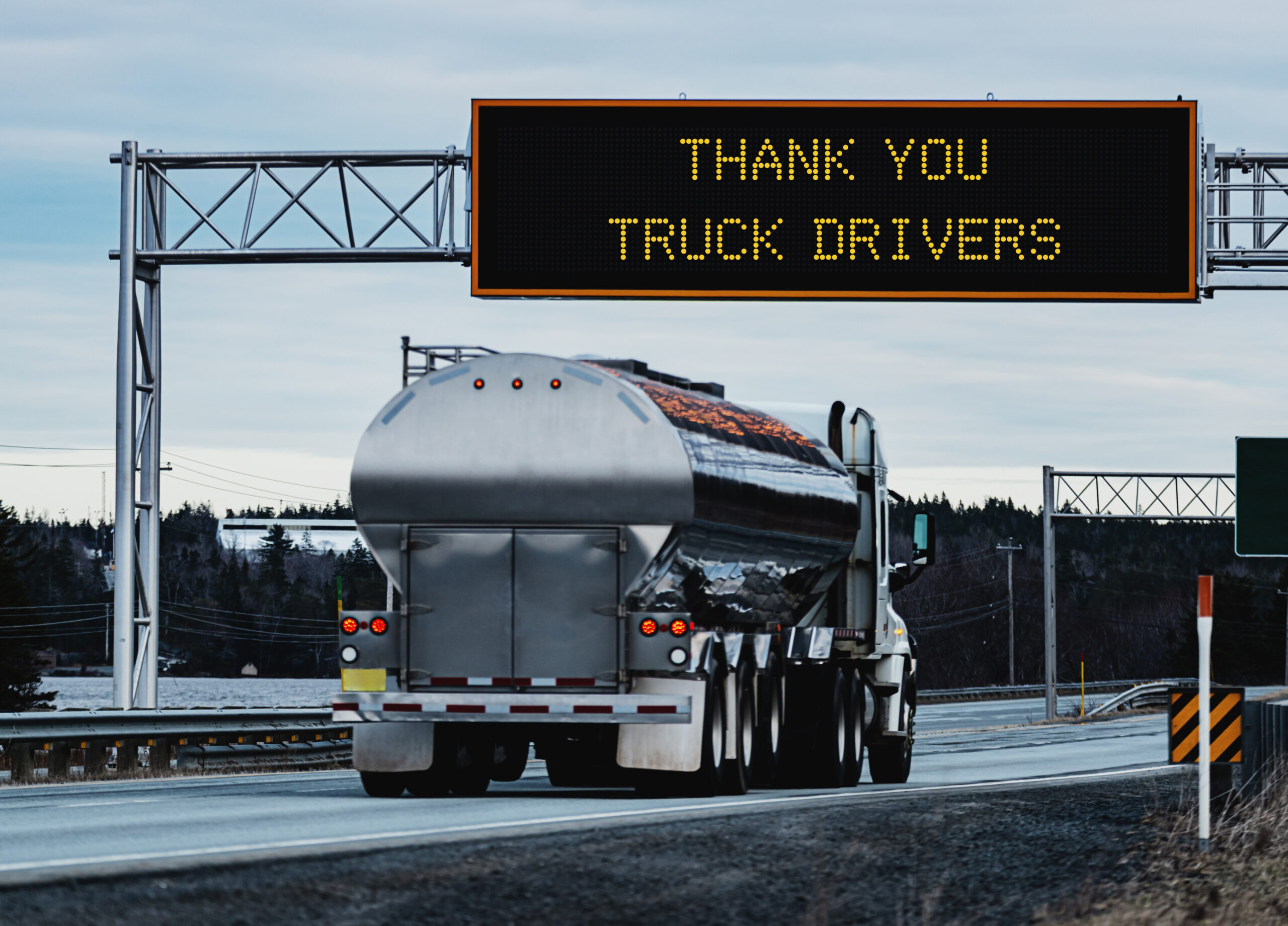When the Customer Isn’t Right…

There’s an adage that “the customer is always right.” But that simply isn’t the case. What happens when your customers and your drivers are in opposite corners? What if the customer isn’t right?
This happens more often than you might think. When drivers are encouraged to share their honest and unfiltered feedback through a tool like WorkHound, they sometimes provide insights about customers and shippers.
That’s not a bad thing — much of the feedback, even the negative, can be turned into a positive and used to reshape the company/customer relationship moving forward.
Driver Feedback & Customer Relationships
What do drivers have to say about customers? It’s much like any other feedback topic; it varies quite a bit based on personal experience.
In general, drivers point out instances where their time could be better utilized or where improvements need to be made in processes and procedures. In that way, feedback about external clients is very similar to feedback about internal ones.
“In our feedback data, we’ve seen that some of the most challenging situations to navigate are the comments drivers have about people,” says Katherine Vanderford, Director of Customer Success at WorkHound. “That feedback can be about internal people, or it can be about their customers. Providing feedback about customers can be tricky, because drivers may feel that shippers are more valued than they are — that speaking up about an issue can be a bad thing for them.”
It’s important to let your drivers know that their honest feedback is exactly what you’re looking for, regardless of the sensitivity of the topic. As your drivers see that you’re listening and relying on their insights to guide your decisions, you’ll build a level of mutual trust that encourages drivers to continue sharing. This can help you strengthen existing relationships with vendors and establish new ones.
“Trucking companies are going back to shippers about issues, sharing that their drivers are valuable and experiencing XYZ problems,” Vanderford says. “Sometimes the basic message has been: ‘Our drivers are invaluable, and if you aren’t going to treat them with respect, we’re going to have to find new customers to work with.’”
Companies are able to use driver feedback in two key ways when it comes to customer relationships: In many cases, they use feedback as leverage with customers and shippers. In addition, companies with high retention have a lot of power in negotiating better contracts with their customers.
“Having a strong company culture and high retention as a company means they’ll always have the same drivers picking up freight, and they won’t have to constantly be training drivers on working with a particular customer,” Vanderford says. “Both put the company in the driver’s seat of negotiations.”
What This Dynamic Means for Drivers & Customers
There’s tremendous value in using driver feedback to guide relationships with customers and shippers. In the long run, it benefits all three parties — the company, the customer, and the drivers.
“When a company makes changes to a customer relationship based on driver feedback, it tells drivers that they’re valued,” Vanderford says. “When it comes to the hierarchy at a company, drivers rank higher than they might think. They always feel like they’re being seen as a number. Anything that can allow drivers to be humanized boosts their confidence with a company and helps them know that the company will go to bat for them if they ever need it.”
Drivers aren’t the only ones who benefit, though. While sometimes being confronted with critique can be uncomfortable, in the end, the customers grow, too.
“When a company communicates with a customer about issues their drivers are having, it makes an impression on the customer,” Vanderford says. “It says that they’re working with a company that has really good values. It says to them that they’re working with a company that’s going to work hard to build sustainable relationships with customers, and it also says that the company is going to take their work for that customer very seriously.”
How One Company Uses Driver Feedback in Customer Relationships
When Storey Trucking began working with WorkHound a few years ago, company leadership quickly saw that a good bit of feedback related to customer interactions. Over time, they began to use those insights as a valuable tool in their interactions with customers and shippers.
“We’ve opened up a dialogue where drivers can give us more constructive feedback on what their experiences are, on the road and with shippers and receivers,” says Beth Hamilton, Development at Storey Trucking. “For us to entertain business or to continue to do business, we have to know that our customers are fully aligned with us in providing our drivers the best possible experience.”
And while it might seem that sharing driver feedback with customers could potentially be a negative, it’s helped strengthen those relationships.
“We value our customers tremendously,” Hamilton says. “Without both the customers and the drivers, we wouldn’t have a business. What we’ve found for the most part is there’s always an opportunity. When we open up a space for our drivers to give us perspective, and then we have the opportunity to go and share that perspective with the customer. Bringing light to an issue is what offers a chance for improvement.”
Create a feedback program for your company that builds stronger relationships with your drivers and your customers. Sign up for a free demo to learn how WorkHound can help!
customer contract negotiation, customer retention, customer success, driver feedback, driver retention
Let's Build Better Workplaces Together
Revolutionize your company culture and your worker retention rates by improving communication and engagement.
Book a Demo

